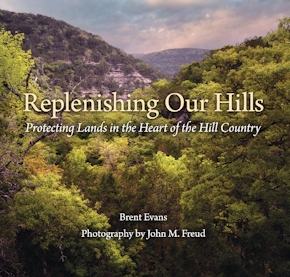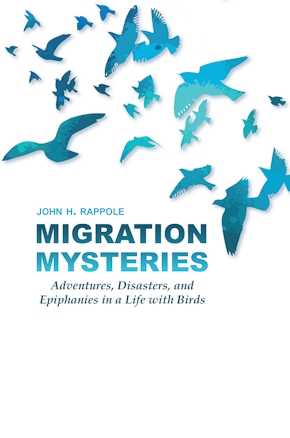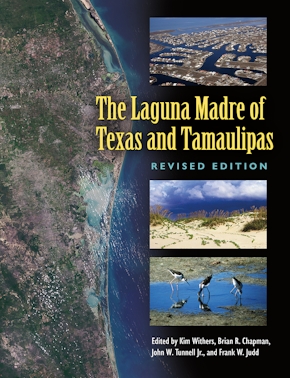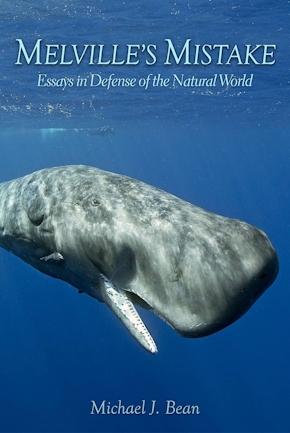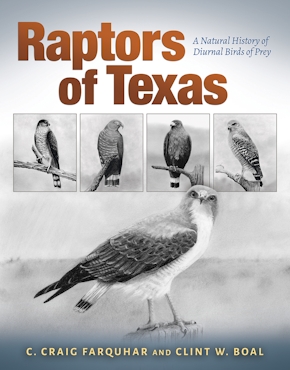Seven Names for the Bellbird
Conservation Geography in Honduras
978-1-58544-249-2 Cloth
6.12 x 9.25 x 0 in
250 pp. 35 b&w photos., 4 maps.
Pub Date: 06/17/2003
Available
After a decade in the field in Honduras, Mark Bonta came to realize that, contrary to outsiders’ general beliefs, the society he observed was predisposed “to like birds, to observe birds, to weave them into folklore, and to protect them on private property.” Bonta argues that if North Americans and Europeans paid real attention to local knowledge and practice—instead of condemning them out-of-hand and imposing new beliefs and techniques—they would learn that rural cultures offer alternative ways of accommodating habitats and wildlife.
Bonta uses the concept of “conservation geography”—the study of human beings and their landscapes, with natural resource conservation in the forefront—to advance his argument. He describes many cases where local individuals and their traditional knowledge of birds contribute to a de facto variety of bird conservation that precedes or parallels “official” bird protection efforts.
This book is not offered as “proof” that all birds have happy futures in the Neotropics. Bonta recognizes the ravages of both human pressures and natural disasters on the birds and forests. But he shows that in many instances, birds are safe and even thrive in the presence of local people, who “celebrate them just as often as they persecute them.”
About the Author
Reviews
Published by Texas A&M University Press

